Renault 12 repair manual 1969-1971
Renault 12 Service and Repair Manual 1968-71Renault 12L and 12TL USED - average condition - clean pages
|
The Renault 12 is a family car produced by French automaker Renault between 1969 and 1980. Available as a saloon (Berline) and estate (Break), it was also produced under licence in many countries across the globe into the early 21st century.
In its first few years the 12 received praise from the European press for its spacious, comfortable interior, its styling, its performance and its low fuel consumption. However it fared worse in the North American press: in a test of the 1974 model, Road & Track was critical of the engine's "obtrusive" noise, and called the heavy, non-power steering "a serious design flaw". They also gave it "very poor marks" for the ventilation system. Renault 12 production and sales ended in western Europe in 1980, but the model continued to be produced and sold by Renault affiliates elsewhere. The last R12 was produced in 1999 in Turkey, whilst Romanian automaker Dacia continued producing the R12-based 1310 sedan and estate until 2004 and the R12-based Gamma pick-up until December 2006. Overall, the Renault 12 was a successful car, selling 2.5 million units.
In 1965, Renault began to study a new model to bridge the gap between the Renault 8 and the Renault 16. The demands for Project 117 were: "The car had to be economical, not very sophisticated. It had to have a roomy interior, and a large boot, and a small engine will suffice. The car had to be easy to produce, so it could be made all over the world. It had to be reliable for the export markets, and comfortable enough for France. It should be usable as a base for multiple variations."
The Renault 12's design dates back to the genesis of the Renault 16; indeed, some initial R16 concept designs resemble the R12 more than the ultimate design of the R16. However, the R12 was technically quite different from either the R16 or the smaller Renault 4. Like all new Renaults at the time the car had front wheel drive, but the R12 had a very different layout. The engine was placed longitudinally ahead of the front wheels, while it was behind the wheels on the R4 and R16; the engine itself was the iron cast Cléon unit used since 1962 in the Renault 8/10 (the engine's size was increased to 1289 cc for use in the 12). The placement of the engine allowed the R12 to have a very simple design of the gear-selector that was placed on the floor of the car, and not on the dashboard as with the R4 or on the steering column as with the R16. The handle to operate the handbrake was placed under the dashboard. The R12's suspension differed from the R4 and R16 also, using a rigid (but light) rear axle as opposed to four-wheel independent suspension.The handbrake was later relocated to a position between the two front seats.
At the time of its launch in October 1969 at the Paris Motor Show, the Renault 12 was only available as a four-door saloon, in L and TL specifications, both of which were powered by a 1289 cc engine rated at 54 PS (40 kW; 53 hp). The more expensive TL featured two separate reclining front seats instead of one front bench seat, arm rests on the doors, lights in the boot and glovebox, a heated rear window, and extra warning lights. In 1970, two new variants were introduced. The estate was launched with the same trim levels and engines as in the saloon and a high performance Renault 12 Gordini model was introduced equipped with the all-aluminium 1565 cc block from the R16 TS fitted with two double-barrel Weber carburettors producing 125 PS (92 kW; 123 hp), a reinforced crankshaft, a five speed gearbox, ventilated disc brakes on the front wheels and normal disc brakes on the rear wheels, and tuned suspension. The Gordini was able to reach 185 km/h (115 mph) and was sold with paint schemes comprising a solid pastel colour (there were several to choose from) with double white stripes added on, the most famous combination being French Blue with stripes.
In October 1972, the more upmarket R12 TS was introduced. It used same 1289 cc engine as in other R12s, but was equipped with a single, double barrel Weber carburettor, which increased power to 64 PS (47 kW; 63 hp) and raised top speed to 150 km/h (93 mph). Aesthetically, the car was distinguishable from other R12s by its special Gordini-style wheels, a chrome strip along the side of the car, and two extra headlights. The TS also featured integrated headrests, a rev-counter and a cooling-fluid temperature gauge.
Dacia acquired the tooling and basic designs of the Renault 12 and manufactured it in various body styles in Romania, as the Dacia 1300, between 1969 and 1979. Also, the successor of this car, named Dacia 1310, was based on Dacia 1300. The production of the 1310 started in 1979 and stopped in 2004. The 35 years of production saw the manufacturing of a total of 1,979,730 vehicles plus, between 1975–2006, a total of 318,969 vehicles belonging to the range that came to be known under the generic name of "Pick Up".A Renault 12-based car was made in Turkey by Oyak-Renault between early 1970s and late 1990s. The earlier models were similar to the original R12, then the car underwent a facelift in the 1980s and was marketed under the name Toros until it was discontinued.
The Renault 12 won Australia's Wheels magazine's Car of the Year award in 1970. It was built at Renault Australia's assembly plant in the Melbourne suburb of Heidelberg from CKD kits. Various components such as seats were sourced locally. The Australian range generally followed the UK models, including the 1975 facelift. However in 1976, the Renault 12 1.4 was introduced as the standard model, replacing the 1289 cc engine with a larger capacity 1397 cc unit of the same basic design. In 1978 the 12 was re-launched as the Renault Virage. This was identical to the 12, but incorporated twin round headlamps.Production in Australia ended in 1980. The American-market Renault 12 came in three trim lines: 12, 12 L, and 12 TL, ranging in price from an inexpensive US$ 2975 to US$ 3448. It was a slightly larger car than most European imports, and the longitudinal front wheel drive layout contrasted with most. The engine, an R16 all-aluminum 1.6 L (1647 cc) unit which produced 65 hp (48 kW; 66 PS), was specific to the U.S. market. It was upgraded in 1975 with hemispherical heads and a higher compression ratio for 72 hp (54 kW; 73 PS).

 0 Items (Empty)
0 Items (Empty)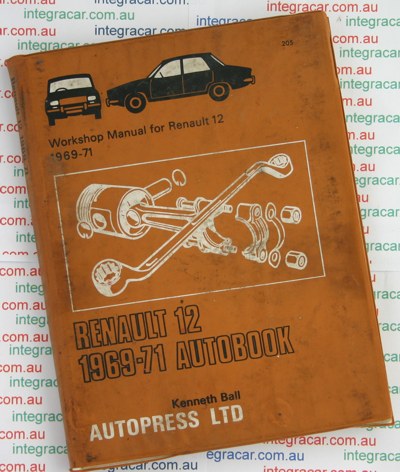


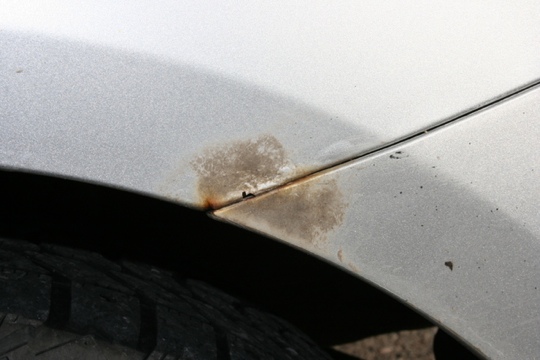
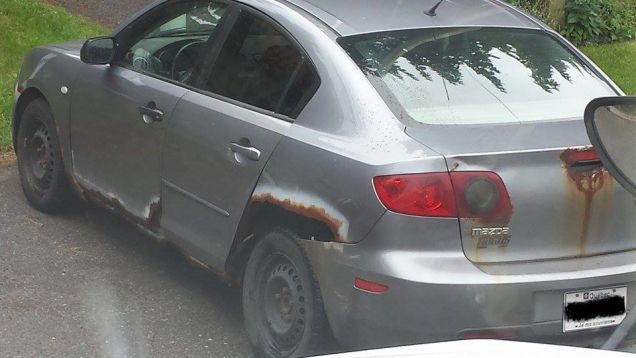
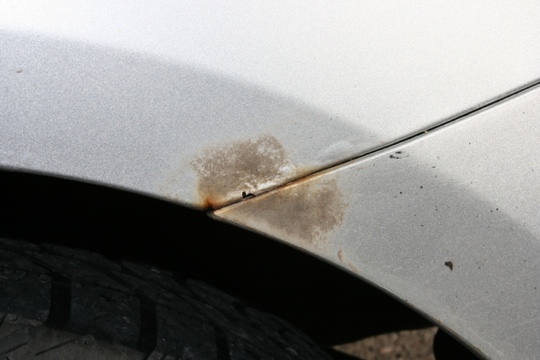
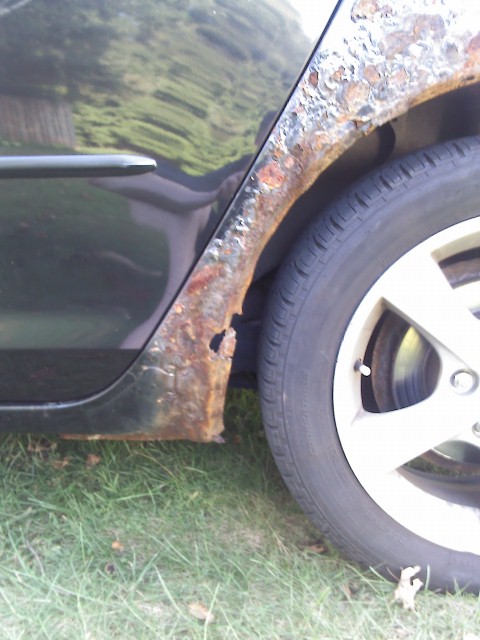
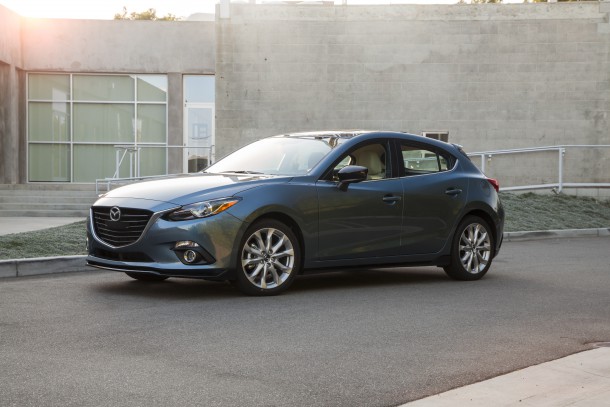
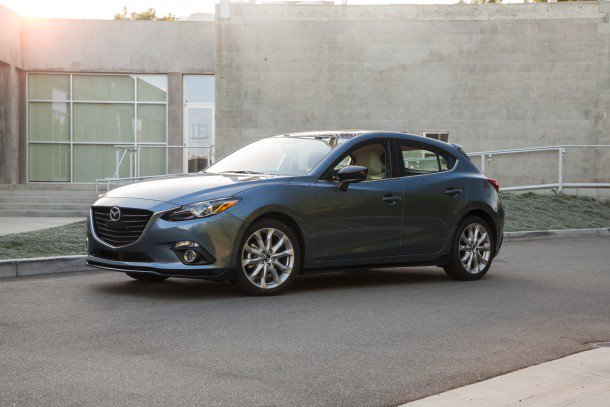
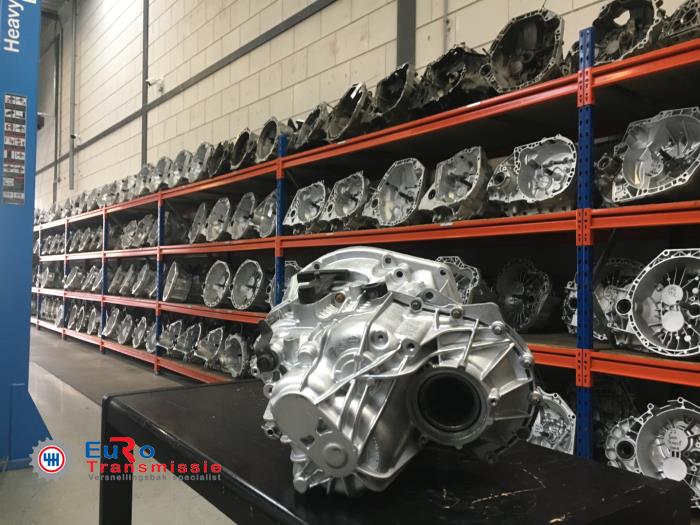
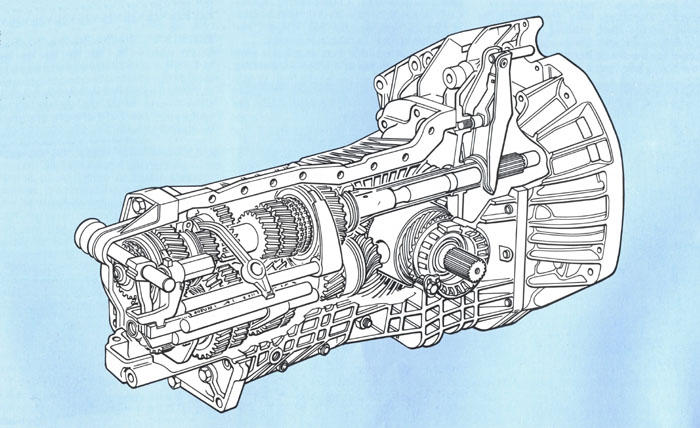
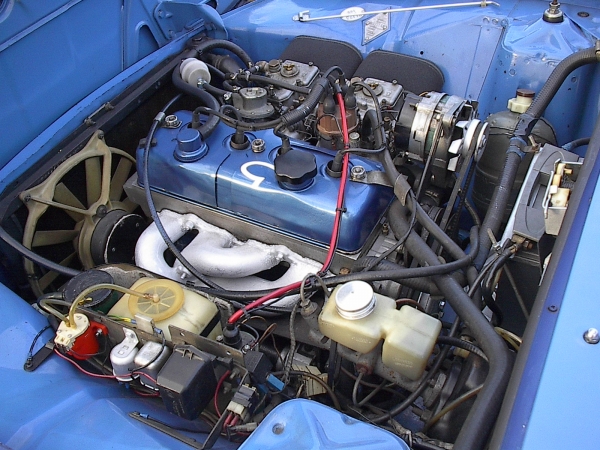
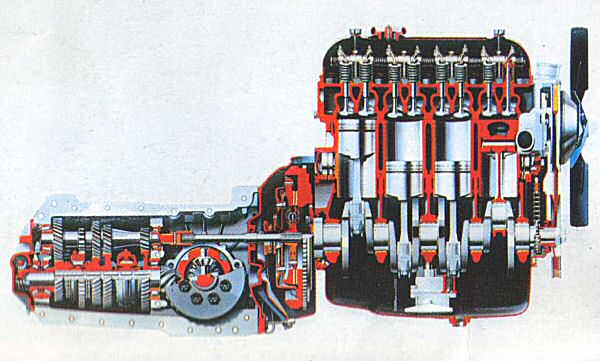
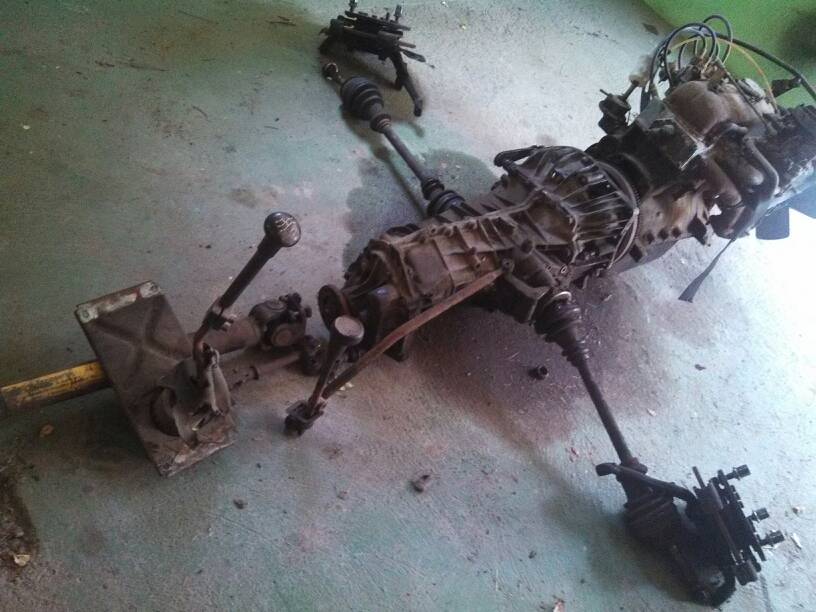
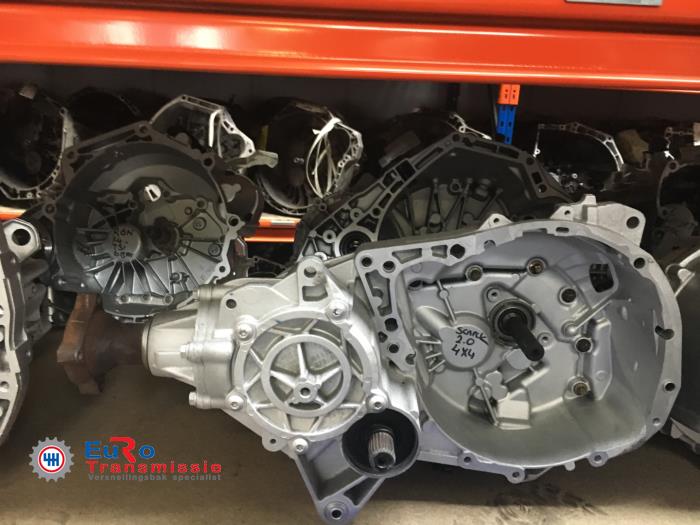
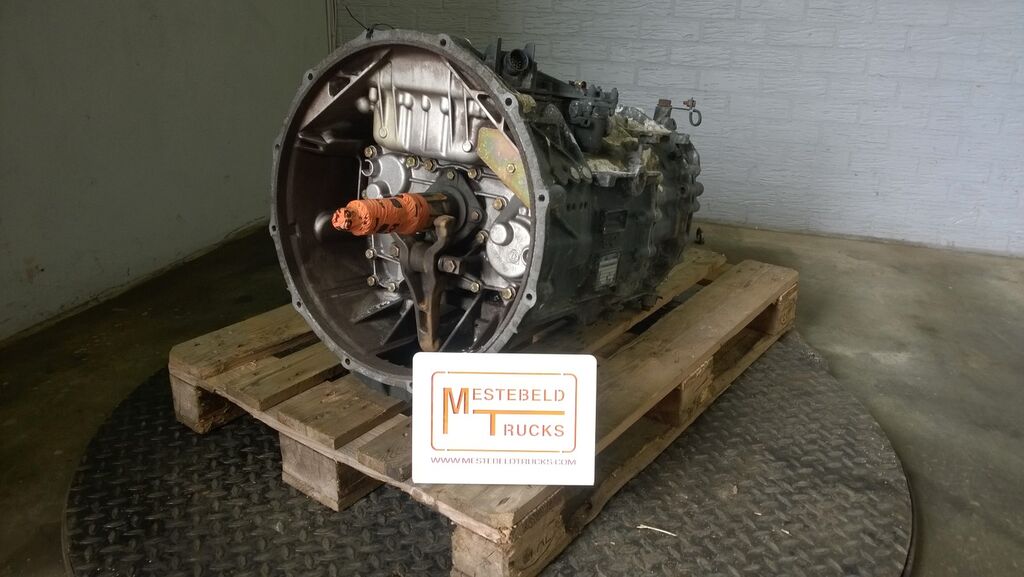
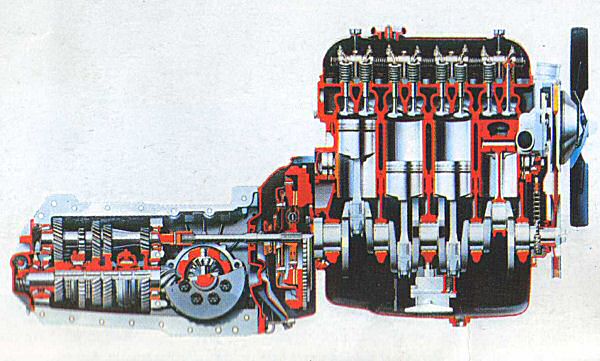 >
>